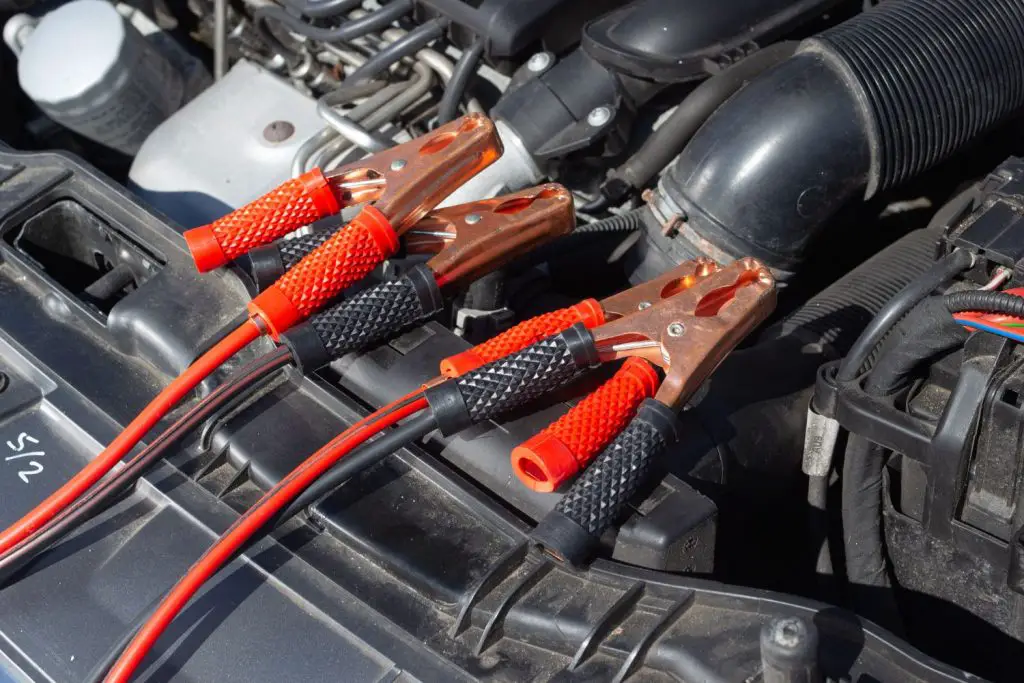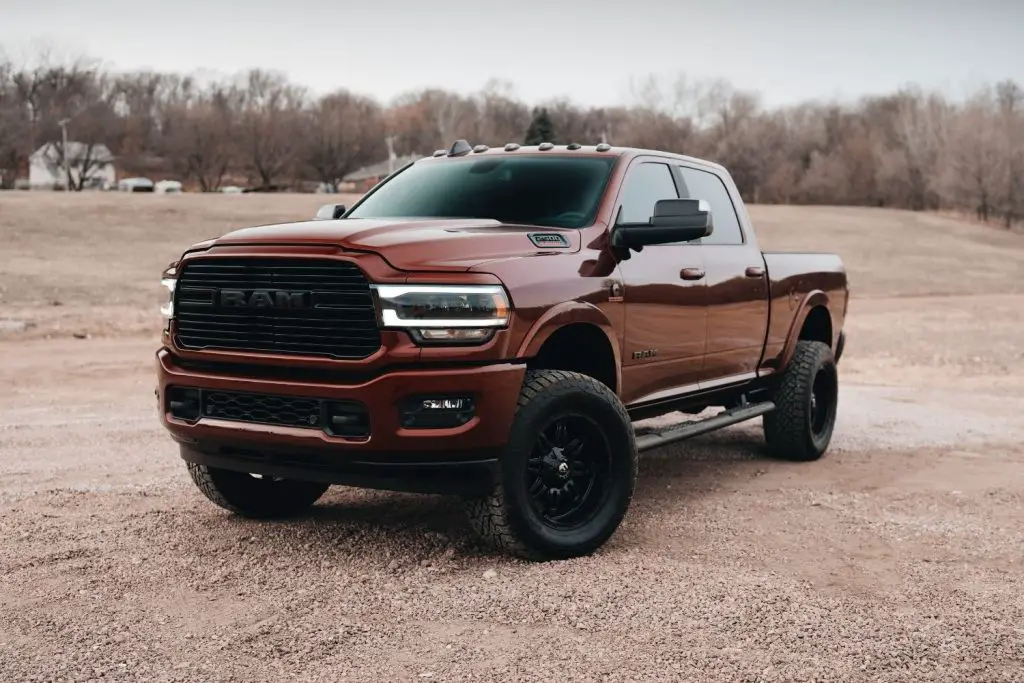We may get commissions for purchases made through links in this post. Thanks for the support! 👍
Diesel trucks tend to have massive engines, and a higher compression ratio comes with that. Did you know that this higher compression ratio explains why a diesel truck needs two batteries? Stay tuned to learn more about this.
The two significant reasons diesel engines require are higher compression ratios and glow plugs. Firstly, The higher compression ratio found in diesel engines requires more power from the starter, which in turn needs more energy from its battery. Secondly, glow plugs in diesel trucks (rather than spark plugs in gas vehicles) require considerable power before and after the engine has started.
Why not just install a larger battery instead of two batteries?
While glow plugs and compression ratios are the main reasons why a diesel truck needs two batteries, that doesn’t answer why a single larger battery is not utilized instead. So let’s go over three additional reasons why a larger battery setup is not used.
1. Ease of installation

Batteries are incredibly dense and are one of the more brute-strength maintenance items to carry, lift, and install into a vehicle! With many batteries like this one weighing over 50 pounds, they are difficult to install on a roadside or parking lot.
Now, to have the same amount of power needed to start a diesel truck reliably (especially in cold weather), you would need a single batter twice that size, resulting in a battery weighing north of 100 pounds.
Installing or removing a battery of that caliber from a truck would require multiple people and make it impossible for a solo driver to complete the job. That is why two batteries are used instead of just one larger battery.
2. Weight distribution
Designing a vehicle and engineering a car are two different things. While it would make more sense to have a single battery from a design perspective, this needs to account for weight distribution.
Ensuring a vehicle weighs similarly throughout a truck helps with towing capacities, turning capabilities, and gas mileage. If you were to have a 100-pound battery on one side of the truck, it would need a similarly sized component on the opposite side of the engine bay to counterbalance it. Instead, two batteries are used (with the same effect) to neutralize each other.
3. Cross Compatibility
Trucks like the Ford Super Duty F-250 or the RAM 2500 offer gas and diesel engines. The diesel option will generally require two batteries to turn them over, while the gas versions will only need one.
Because of this, they have to design a single-engine bay that can handle both battery setups. It is considerably easier to house two smaller batteries than one single one and still make them work for both applications.
Can a diesel run on one battery?
Diesel trucks can be started and run with a single battery. However, you will find that it may have a hard time turning over on its cold start. Diesel trucks have components like glow plugs and a higher compression ratio, which need the additional power that a second battery requires.
This means that lacking the second battery will make it more challenging to start and run and result in it feeling like the symptoms of a dying or dead battery.
Do Light-Duty diesel trucks have two batteries?
While most diesel pickup trucks are in the medium-duty category, such as the F-250 and RAM 2500, as we discussed earlier, two battery setups are also found in light-duty trucks. The Jeep Gladiator, for example, may seem like a smaller, medium-sized pickup; however, its smaller 3.0L EcoDiesel still requires two batteries to operate optimally.
Conclusion
Diesel trucks commonly have two batteries due to their compression ratio and components like glow plugs that require the additional power that the second battery needs. While you technically can operate your truck with a single battery, we do not recommend it!
A double-battery setup has benefits over a larger battery, such as ease of maintenance, weight distribution, cross-compatibility, and more.


![18 Ways You Can Make Your Truck More Modern [Best Truck Accessories]](https://amanandhisgear.com/wp-content/uploads/2021/03/Lightbar.jpg)